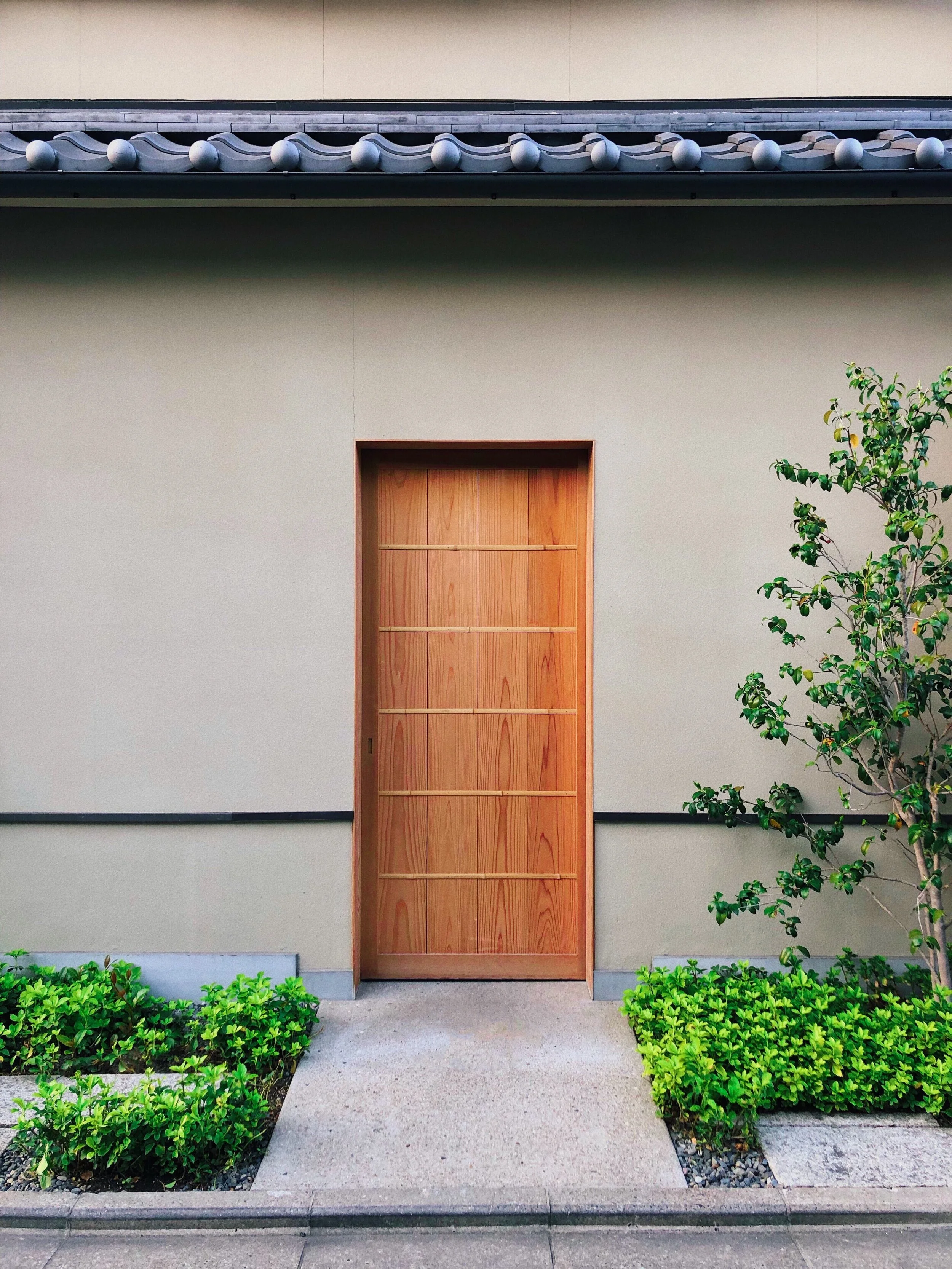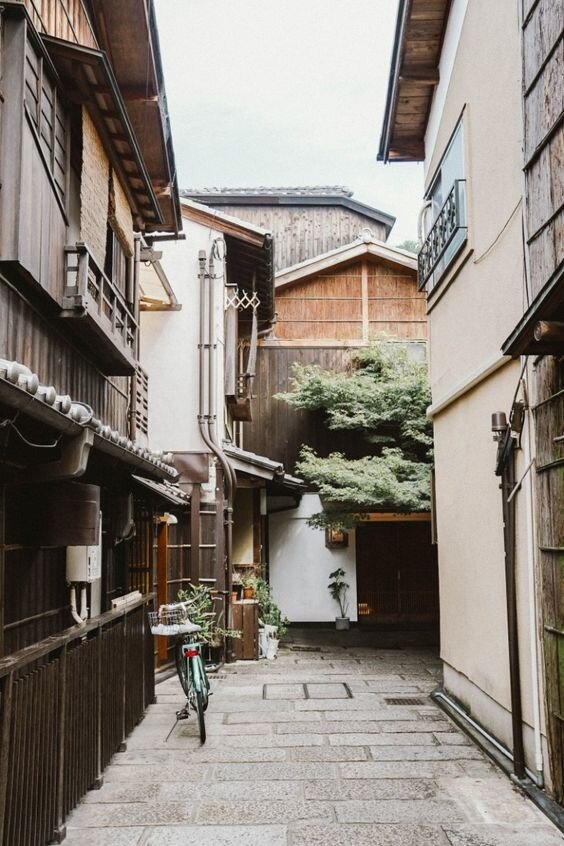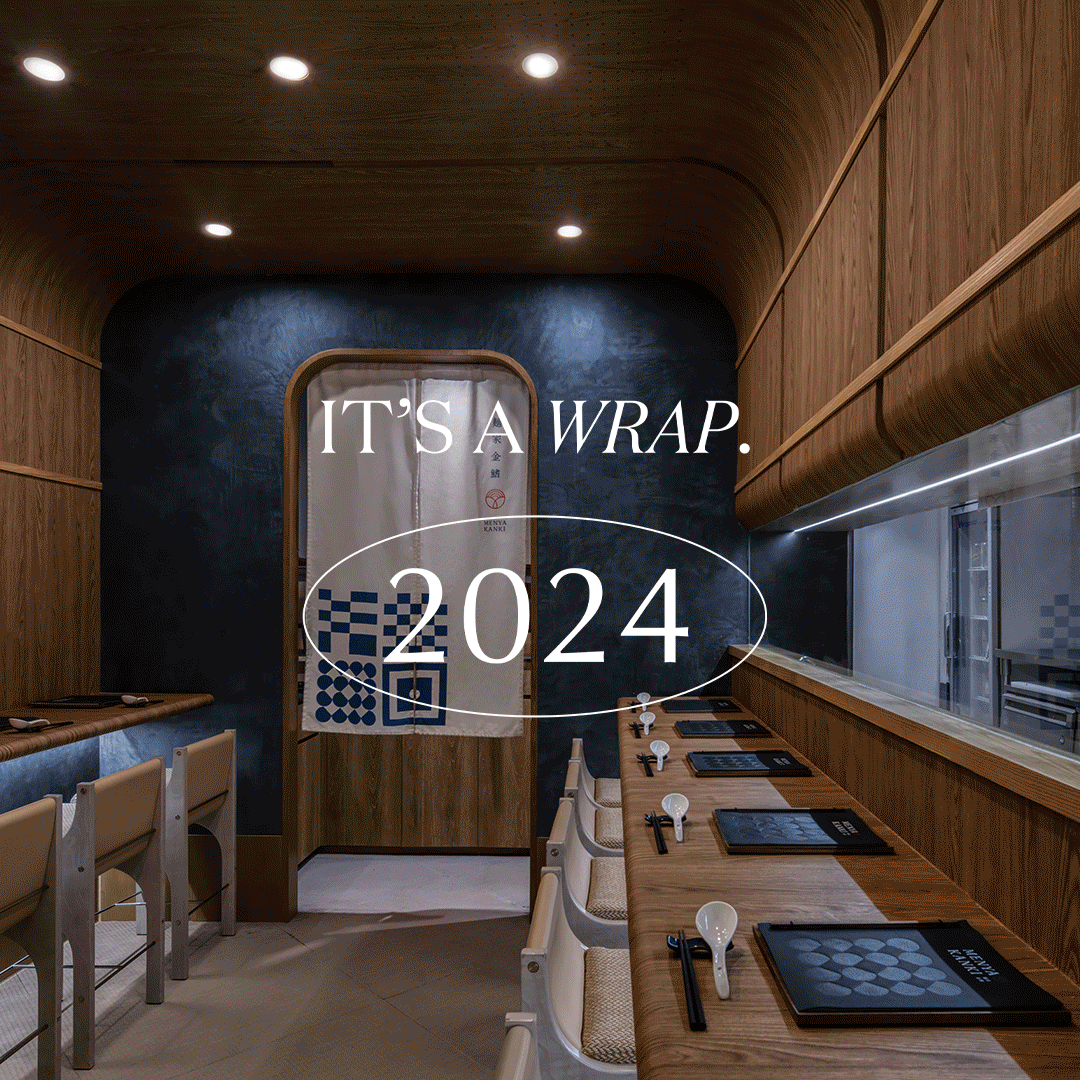The Power of Design Narratives
‘Design Narratives’ are an intimate and powerful tool we use to help develop our projects, designed to streamline your space/brand’s visual consistency. Our guidelines are not fixed by any means, as every project is unique and has its own requirements, but if thoughtfully handled, our guide will help brands identify key principles and philosophies that can empower their creative direction and distill their design.
1) Location, Context, and Industry
A creative project can only be successful with in-depth research of the social and cultural meanings that inform a project. How does the industry influence and inform the design direction? Are there geographical and cultural considerations that should be taken into account? Can the backstory of the location evoke a sense of nostalgia and connect to its customers?
Example: If we were tasked to design an authentic Japanese Matcha teahouse, we would first research the origins of matcha. Tracing its roots back to Kyoto, Japan, our study of the craft would span centuries. How has this craft evolved? How has the industry changed? How can the client position themselves? How can our design narrative give the client a sense of authenticity and unique expression from their existing competitors?
2) The People Narrative
In our experience, developing a fictional muse is crucial to encouraging the Creative Teams to fully engage with the psyche of a project. This encompasses not only the target audience but most significantly their day-to-day lifestyles, personalities, and the material possessions they own. This helps inform the team’s understanding of the end user for the given project.
Example: The matcha client already has a general understanding of who their target audience is. However, creating characters helps immerse us in their world. Through this, our team creates a deeper understanding of the audience’s motivations, spending powers, and hobbies, enabling us to find creative ways to speak to them through design.
3) The Principles of Brand Identity
Sometimes a new brief may not require us to form a new brand identity, hence aligning the principles and personality of a design is essential to fulfilling a cohesive visual narrative.
Example: The client gave us an open brief for their matcha concept. They want something that is authentic and reflects the heritage of matcha in a modern way. To help them distill this, we must also study the design philosophies of Japanese crafts. For example, Wabi-sabi- the beauty of imperfection. How would we implement this in our design?
4) The Emotional World of Imagery
What are we trying to evoke? What are the underlying cultural connections to this design? What emotion do certain colours evoke? What mood are we trying to convey?
Example: What is the feeling for this matcha brand? Is it efficient? Or does it embrace slowness? What does our research say and what would our fictional character want? Through thoughtfully curated images, we can create a sense of mood that helps weave a complex story to inspire both our Creative Team and our clients.
5) Design Language and Application
We are informed by the language of design everyday - and so we implement our visual ideas in every step of our design process - from direction and philosophy, to methodology and approach.
Example: Every project has a well of historical details and connections that inform our client’s concept. Our matcha client’s traditional teahouse, would be inspired by an array of images: from traditional Japanese screen paintings to typography, binding, and even building materials. Our team distills these unique elements into their own interpretations of the brand, crossing centuries of craft-making and paying homage to the concept’s heritage.
6) Material Use and Palette Direction
It is important that selected imagery also convey the overall colour palette, material use and intended direction.
Besides visual application, we also have to think about what materials we intend to use and how these materials reflect the unique positioning, design language and emotional component we previously referenced.
Example: If the matcha brand is natural and organic, our selection of materials should be too. What paper should we use for their branding collaterals? It is Japanese paper? What do you feel when you touch it? Where can we find the colours? What emotions do these colours evoke?
7) A Vernacular of Brand Keywords
Finally, having a branded keywords strategy can play a critical role in creating and establishing a design narrative. By strategically using such keywords that align with the brand's identity, designers can convey a consistent and cohesive message that resonates with their target audience.
As you begin to find branded keywords, consider what adjectives and phrases best capture the brand’s essence. What emotions and sensations do you want your brand to evoke? How can you use a branded keyword to communicate this to your customers? To increase search volume, it may also be helpful to think what kinds of words people are typing into search engines, ensuring your company name comes up in their search results.
Example: Keywords and accompanying imagery place importance on visually expressing our concept. Everyone has subjectively different ideas of what images represent, therefore using keywords to explain the image will help bring everyone on the same page.
Other examples may be a luxury brand using keywords such as "opulence," "elegance," and "sophistication" to highlight their high-end products, while a more playful and colourful brand may use terms such as "whimsy," "vibrant," and "playful." By incorporating these branded keywords into your design elements, you can create a design narrative that reinforces your brand identity and resonates with your customers.
We hope you’ve enjoyed reading this article as much as we’ve enjoyed writing it. Subscribe below to receive exclusive insights into the world of bespoke design, or schedule a free consultation to see how we can help your brand. We are committed to bringing your commercial interior design vision to life in HK.











